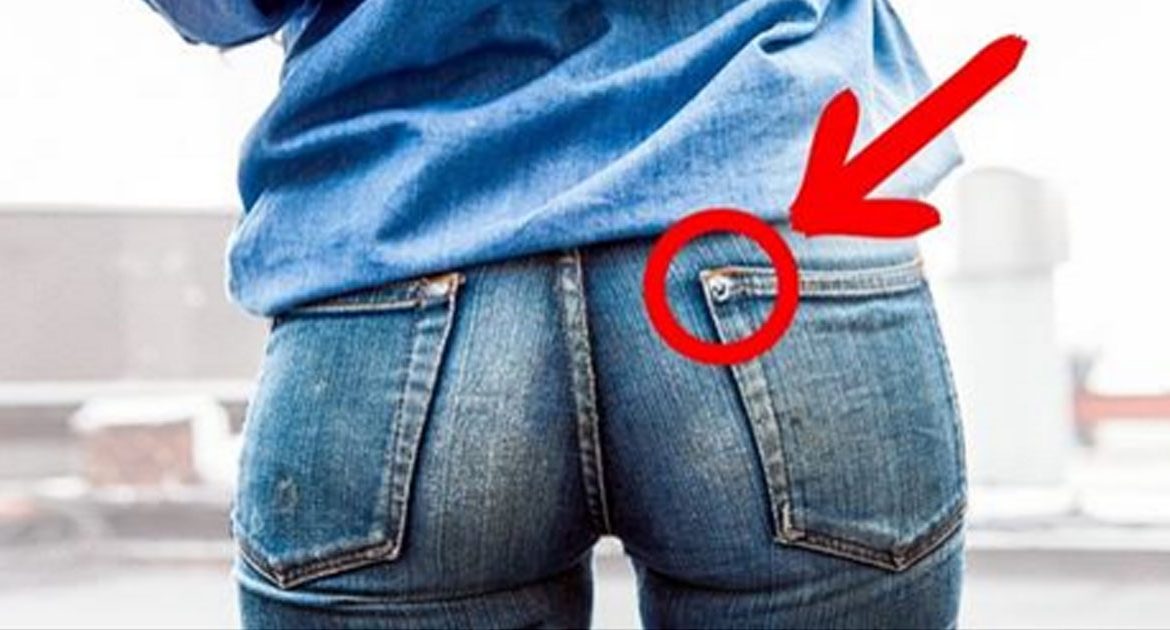There’s a multitude of things that we see all around us on a daily basis, yet we don’t know what these things are really for.
We at Liked Video are curious people by nature, so we decided to uncover the secrets of some of them — and we’re happy to share what we discovered with you!
The hanging loop on the back of your shirt

There are three plausible explanations for this. The first one is the most obvious — it’s for hanging up your shirt. The second explanation comes down to us from the era of removable shirt collars and handkerchiefs: it may have been intended to somehow help fasten a tie. The third idea is the most romantic. A student at an American university is said to have removed the loop from his shirt when he started dating a girl, to show that he was taken. For her part, his girlfriend started to wear a scarf with the emblem of his university on it.
The cylinder on your laptop’s power cable

You’ve almost certainly noticed this little thing when using a laptop. This small but very important device is called a ’ferrite bead.’ It suppresses high-frequency noise in electronic circuits. Its design is incredibly simple: it has an insert made from ferrite which the cable is wrapped around.

Two pieces of plastic glass (perspex) are used to make the window panes in airplanes. On its own, the inner glass pane could potentially shatter because of the significant difference in pressure between the plane cabin and the outside. The tiny hole allows the air to move between the cabin and the area between the two panes, thus equalizing pressure between them.
The blue part of your eraser
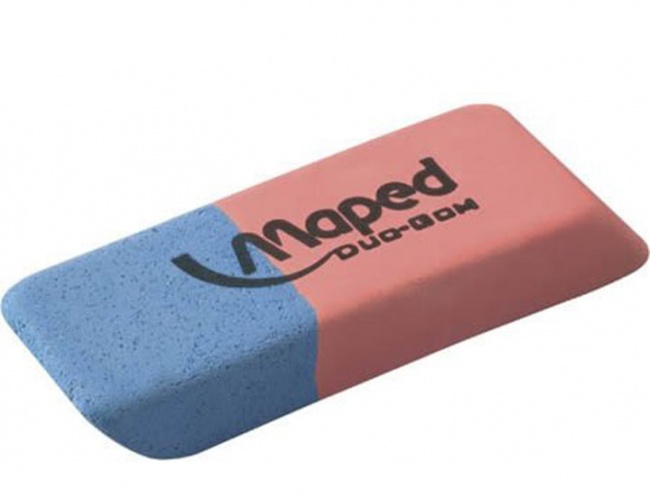
Ask anyone why there’s a blue part on your eraser, and they’ll probably say that it’s to remove pen marks. But this isn’t quite true. It was originally intended to remove markings from thick paper. The pink part can often leave traces of what was written behind on the paper, whereas the blue part generally gets rid of everything. Producers of erasers soon found that people didn’t quite understand its true purpose, and so they started promoting the use of the blue part of the eraser for its new-found purpose of removing pen marks. They even went so far as to sometimes label it with the image of a pen.
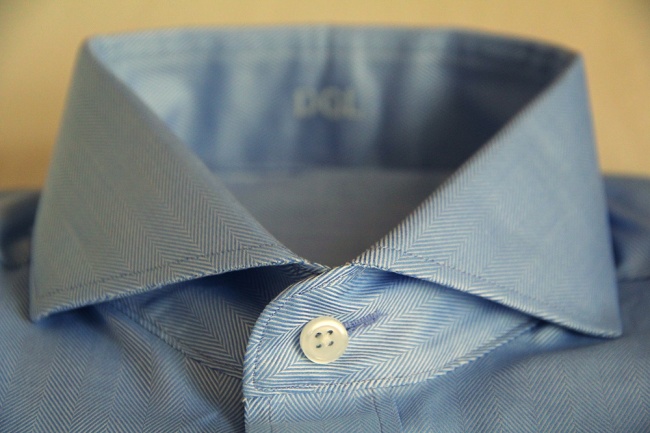
Here’s another mystery associated with your shirt — why are the buttonholes for the uppermost and lower buttons horizontal, while all the others are vertical? This has its origins in the fact that the buttons in these two places are more likely to come undone. A horizontal buttonhole makes this less likely compared to a vertical one.
The extra eyelets on your sneakers
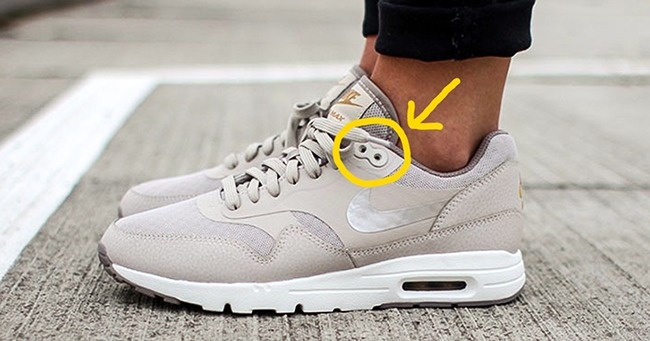
Few people pay attention to the extra eyelets at the top of their running shoes. Yet they should, because they were actually designed with a very useful purpose in mind: they’re meant to fix the shoes in place on your feet and prevent them from rubbing your ankles while you’re playing sport. You can find out how to use them in this video.
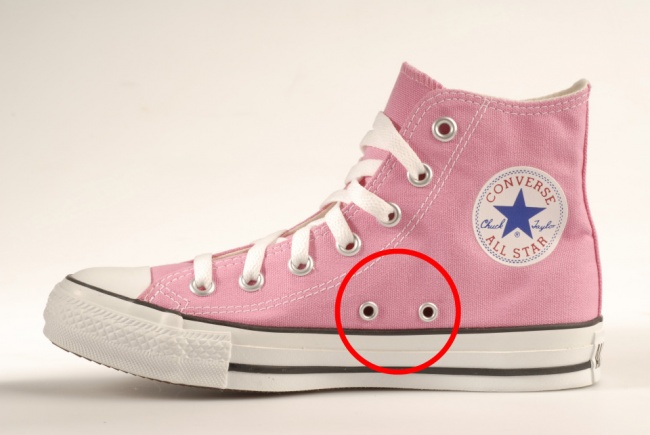
By the way, you might notice two exra holes on the inside of Converse trainers. They are meant not only to make the fit snugger but also to add ventilation to the shoe.
The hole in a spoon for spaghetti

The hole in a spaghetti spoon was designed to allow you to measure out the correct amount of pasta needed for a standard portion. True, some people might eat more and others less, but the hole in the spoon is perfect for getting the average amount of spaghetti that a person is likely to eat.
The small pocket and rivets on your jeans
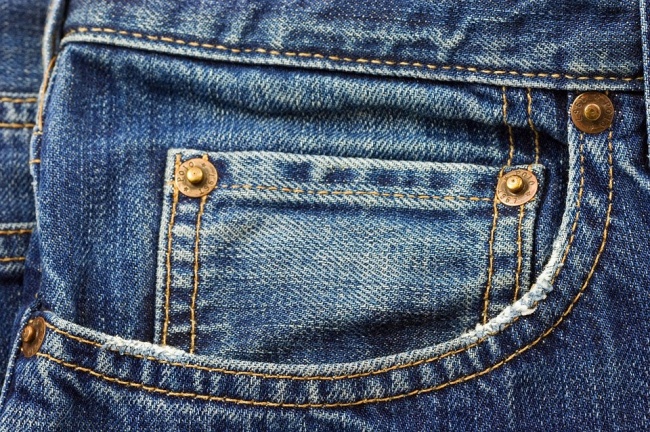
The most common answer to the existence of the small pocket is that it’s meant to hold contraception! Of course, the little pocket on your jeans might be suited to this, and for holding many other things, but this wasn’t its original purpose. It first appeared on Levi’s jeans way back in 1873 and was meant to be used for pocket watches. To this day it is still officially referred to as a ’watch pocket’ by the manufacturers.
The hole at the top of the cap on a ballpoint pen
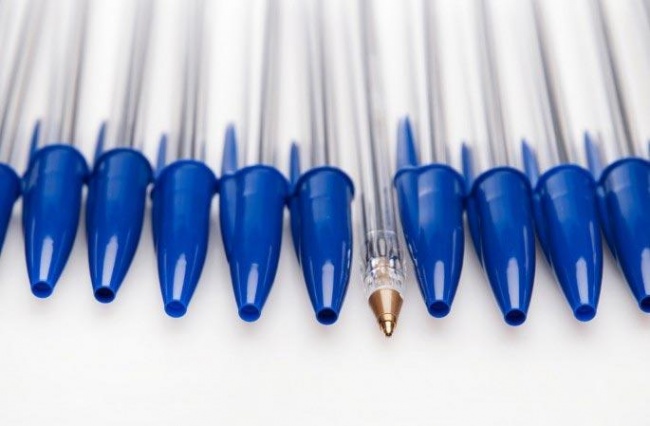
The opinion is widespread that the hole at the top of the pen caps on ballpoint pens is meant to allow air to flow through to the lungs if it gets lodged in a person’s throat. This isn’t quite the case. If anything gets stuck in someone’s trachea, it will cause the mucous membrane to swell in reaction. This gap helps prevent the cap from getting absorbed into the membrane.
The scrap of material that comes with new clothes
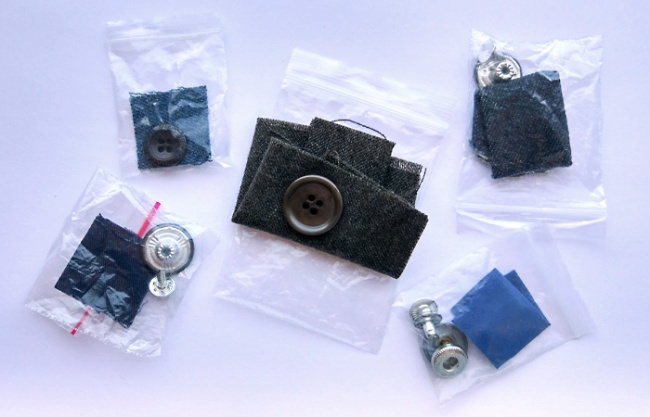
These scraps of material are not, in fact, meant to be used to sew patches on your clothes. They’re actually meant to be washed with washing powder or bleach to allow you to check how your new clothes will react to certain kinds of washing/different chemicals. My life will never be the same now I know this!
